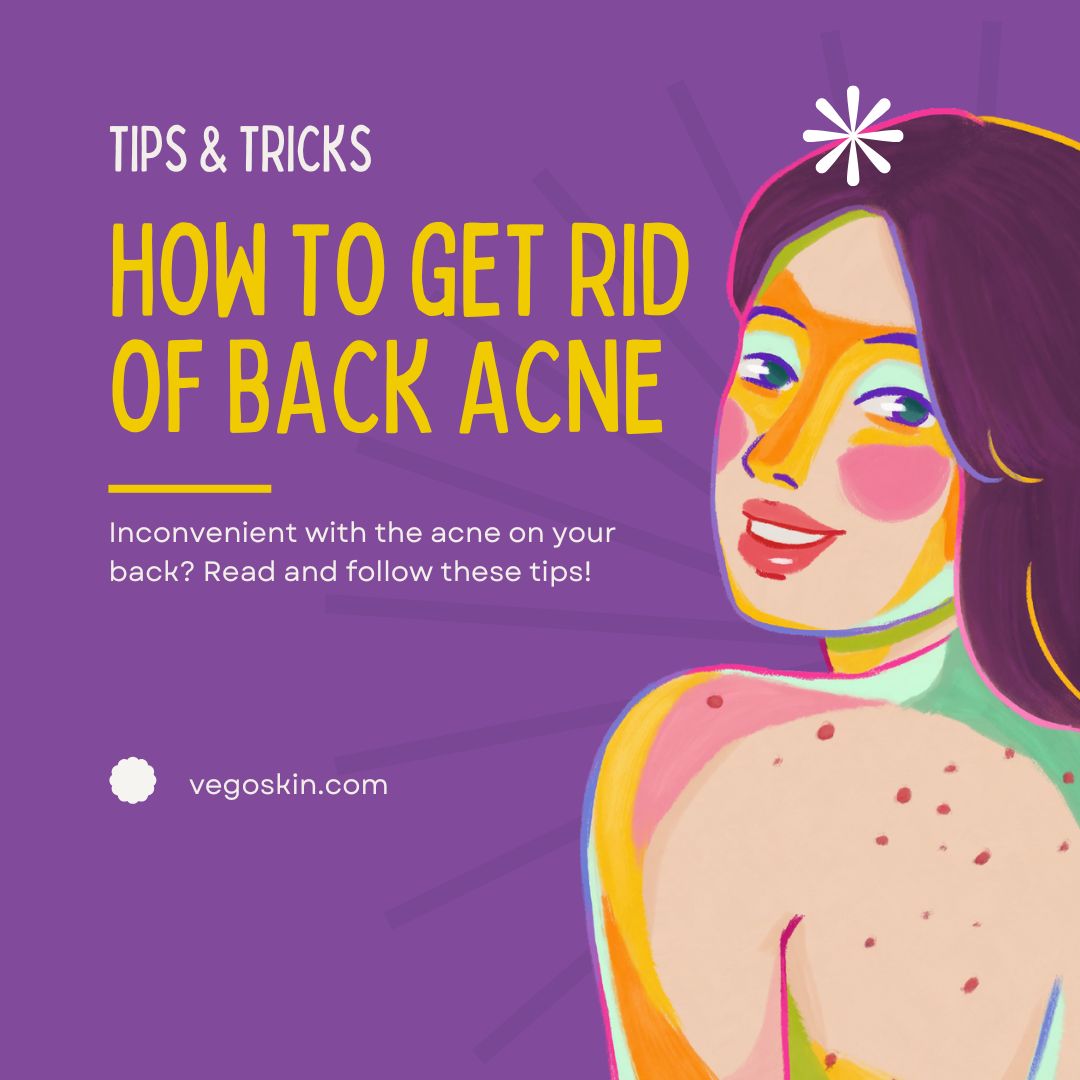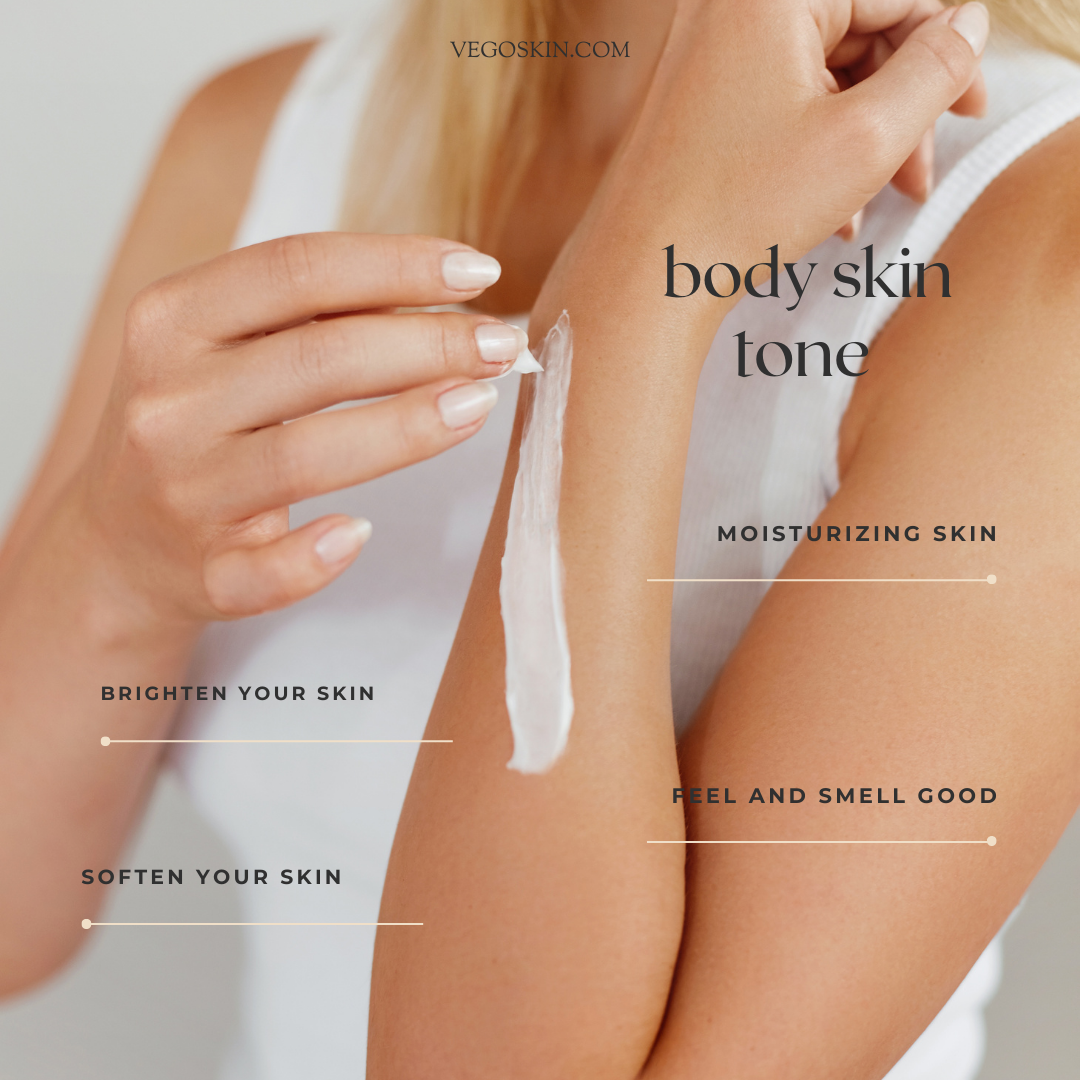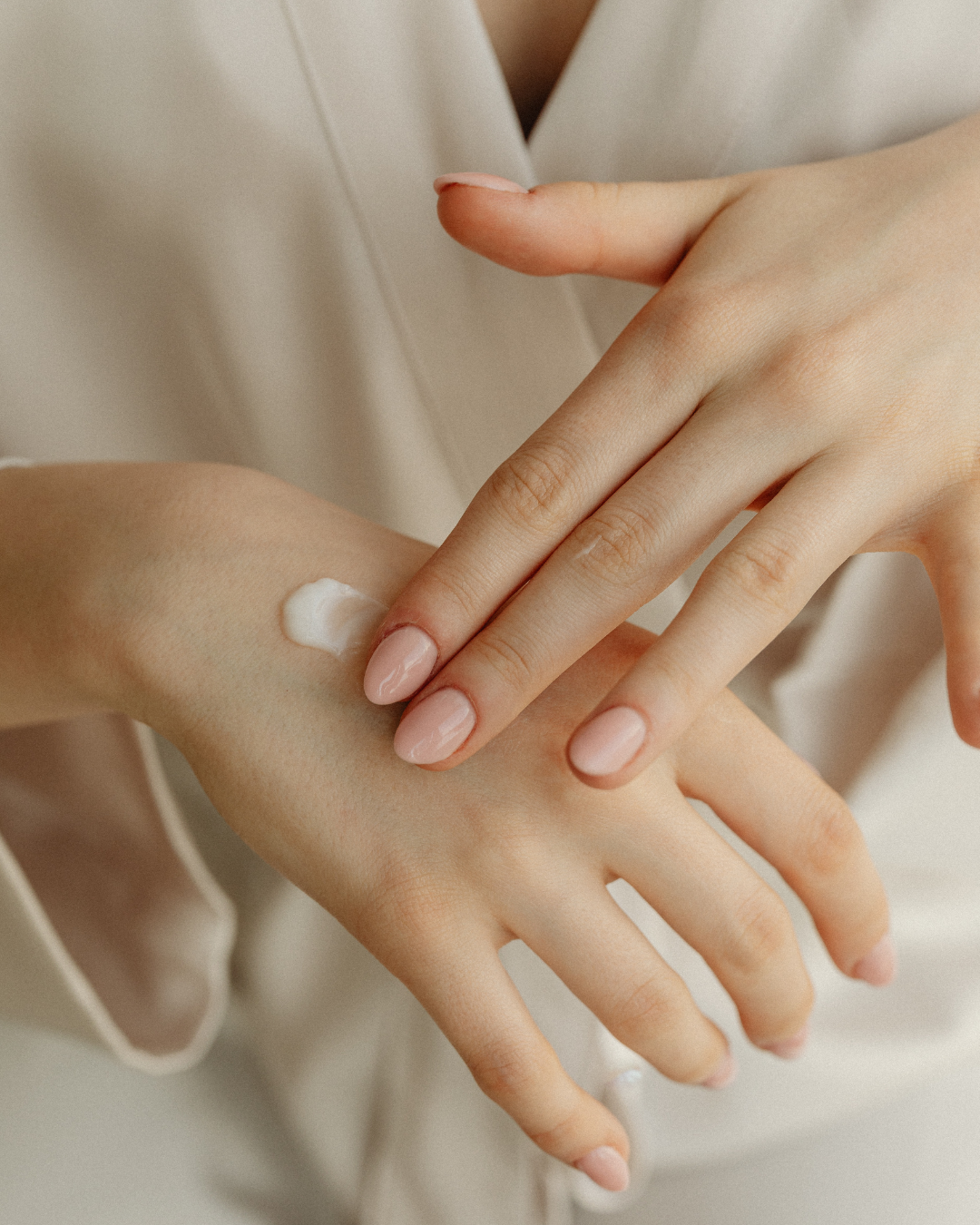Back Acne Scars? Here’s How To Brighten And Heal
Dealing with back acne scars can feel like an endless battle. You’ve finally cleared up the acne, but now you’re left with stubborn marks, discoloration, or uneven texture that make you hesitant to wear that backless dress or go shirtless at the beach. If this sounds familiar, you’re not alone. Back acne scars, often referred to as “bacne” scars, affect countless people, and the good news is that there are effective ways to brighten and heal them. In this comprehensive guide, we’ll explore the causes of back acne scars, practical at-home remedies, professional treatments, and lifestyle changes to help you achieve smoother, brighter skin. Let’s dive into Back Acne Scars? Here’s How To Brighten And Heal and get you on the path to confidence.
Understanding Back Acne Scars
Before we discuss solutions, it’s important to understand what back acne scars are and why they form. Acne scars develop when the skin’s healing process is disrupted, often due to severe or inflamed acne, like cysts or nodules. The back is particularly prone to scarring because the skin there is thicker and the pores are larger, making it more susceptible to clogged follicles and inflammation.
There are two main types of acne scars you might notice on your back:
- Atrophic scars are depressions in the skin, like ice pick or boxcar scars, caused by a loss of collagen during healing.
- Hypertrophic scars: These are raised scars that form when the body produces too much collagen, often appearing as keloids.
Additionally, you may deal with post-inflammatory hyperpigmentation (PIH), which isn’t a true scar but rather dark spots left behind after acne heals. PIH is especially common in darker skin tones and can be just as frustrating.
Why does this matter? Knowing the type of scarring you have helps you choose the right treatment. For example, PIH responds well to brightening agents, while atrophic scars may need collagen-boosting therapies. If you’re unsure about your scar type, consider consulting a dermatologist. Websites like the American Academy of Dermatology offer great resources for finding a professional near you.
Why Back Acne Scars Are Trickier
Back acne scars can feel more stubborn than facial scars for a few reasons:
- Thicker skin: The skin on your back is denser, which can slow down the healing process.
- Friction and irritation: Tight clothing, backpacks, or sweaty gym sessions can aggravate the skin, delaying recovery.
- Neglect: Let’s be honest—most of us don’t pamper our backs as much as our faces, leading to delayed treatment.
But don’t worry! With the right approach, you can tackle these challenges head-on. Let’s move into the core of Back Acne Scars? Here’s How to Brighten and Heal with actionable solutions.
At-Home Remedies to Brighten and Heal
You don’t need to spend a fortune to start improving your back acne scars. Many at-home remedies are affordable, accessible, and effective when used consistently. Here are some tried-and-true options:
1. Exfoliation for Smoother Texture
Exfoliation helps remove dead skin cells, unclog pores, and promote cell turnover, which can reduce the appearance of scars over time. For the back, opt for chemical exfoliants like salicylic acid or glycolic acid, as they’re gentler than physical scrubs and less likely to irritate.
- How to use: Look for a body wash or lotion with 2% salicylic acid, like CeraVe SA Body Wash, and use it 2-3 times a week. Apply with a long-handled brush for easy reach.
- Tip: Over-exfoliating can worsen scars, so stick to a schedule and moisturize afterward to prevent dryness.
2. Brightening Ingredients for Hyperpigmentation
To fade dark spots (PIH), incorporate brightening ingredients into your routine. Some of the best include:
- Vitamin C: A powerful antioxidant that reduces pigmentation and boosts collagen. Try a body lotion with vitamin C, like Paula’s Choice Vitamin C Lotion.
- Niacinamide: This soothes inflammation and evens skin tone. Look for a serum or cream with 5-10% niacinamide.
- Alpha Arbutin: A gentle brightener that targets dark spots without irritation, ideal for sensitive skin.
Apply these products after cleansing, and always follow with sunscreen during the day to prevent further darkening. The Skin Cancer Foundation emphasizes that UV exposure can worsen hyperpigmentation, so don’t skip this step.
3. Retinol for Collagen Boost
Retinol is a game-changer for atrophic scars because it stimulates collagen production and speeds up cell turnover. Start with a low-strength retinol body cream (0.025-0.05%) to avoid irritation, and use it 1-2 times a week at night.
- How to use: Apply a pea-sized amount to clean, dry skin, and follow with a moisturizer to lock in hydration.
- Caution: Retinol can make your skin sun-sensitive, so sunscreen is non-negotiable.
4. Natural Remedies (With a Caveat)
Natural remedies like aloe vera, turmeric, or lemon juice are popular, but they come with risks. Aloe vera can soothe inflammation, but lemon juice is acidic and may irritate or worsen pigmentation if exposed to sunlight. If you want to go natural, stick to diluted aloe vera gel from a reputable brand and avoid DIY concoctions that could harm your skin.
5. Moisturize to Support Healing
Hydrated skin heals better, so don’t skip moisturizing. Look for non-comedogenic (won’t clog pores) moisturizers with ingredients like ceramides or hyaluronic acid. La Roche-Posay Cicaplast Baume is a great option for repairing damaged skin.
Professional Treatments for Stubborn Scars
If at-home remedies aren’t cutting it, professional treatments can take your results to the next level. These are especially effective for deep atrophic or hypertrophic scars. Here are some of the most popular options for Back Acne Scars. Here’s How To Brighten And Heal:
1. Chemical Peels
Chemical peels use acids (like glycolic or trichloroacetic acid) to remove the top layer of skin, revealing smoother, brighter skin underneath. Medium-depth peels are often recommended for back acne scars.
- What to expect: Mild redness and peeling for a few days. Multiple sessions may be needed.
- Cost: $100-$500 per session, depending on your location and provider.
- Find a provider: Check the American Society for Dermatologic Surgery for certified professionals.
2. Microneedling
Microneedling involves tiny needles that create controlled micro-injuries to stimulate collagen production. It’s highly effective for atrophic scars and can improve texture significantly.
- What to expect: Mild swelling and redness for 1-2 days. Results appear after 3-6 sessions.
- Cost: $200-$700 per session.
- Pro tip: Look for clinics offering radiofrequency microneedling for enhanced results.
3. Laser Therapy
Lasers, like fractional CO2 or erbium lasers, resurface the skin and promote collagen remodeling. They’re ideal for both scars and pigmentation but require downtime.
- What to expect: Redness and sensitivity for up to a week. Multiple sessions are often needed.
- Cost: $500-$2,000 per session.
- Learn more: The Mayo Clinic has detailed guides on laser treatments.
4. Dermal Fillers (For Atrophic Scars)
or deeper, pitted scars, hyaluronic acid fillers can be used to temporarily plump the skin, making scars less prominent. Results generally last between six to twelve months.
- Cost: $500-$1,000 per session.
- Note: This is a temporary fix and works best for small, localized scars.
5. Steroid Injections (For Hypertrophic Scars)
Raised scars like keloids often respond well to corticosteroid injections, which flatten the scar over time.
- What to expect: Multiple sessions spaced weeks apart.
- Cost: $50-$200 per session.
Before booking any treatment, consult a board-certified dermatologist to discuss your skin type, scar severity, and budget. Professional treatments are an investment, but they can make a dramatic difference.
Lifestyle Changes to Prevent Worsening Scars
Healing back acne scars isn’t just about treatments—it’s also about preventing new breakouts and supporting your skin’s recovery. Here are some lifestyle tweaks to complement your efforts:
1. Wear Breathable Clothing
Tight, non-breathable fabrics trap sweat and bacteria, which can irritate scars and cause new acne. Opt for loose, cotton-based clothing, especially during workouts. Wash gym clothes after every use to keep bacteria at bay.
2. Shower After Sweating
Sweat can clog pores and worsen inflammation, so rinse off as soon as possible after exercise. Use a gentle, non-comedogenic body wash to avoid stripping your skin.
3. Cleanse Your Back Regularly
It’s easy to neglect the back, but daily cleansing is key. Use a long-handled brush or loofah to reach tricky spots, and follow with a lightweight moisturizer.
4. Eat a Skin-Friendly Diet
While diet doesn’t directly cause acne, foods high in sugar or dairy can trigger breakouts in some people. Focus on a balanced diet rich in antioxidants (think berries, leafy greens, and nuts) to support skin repair. The Harvard Health Blog has great tips on anti-inflammatory diets.
5. Stay Hydrated
Drinking water keeps your skin hydrated from the inside out, aiding the healing process. Aim for 8-10 glasses a day, more if you’re active.
Building a Consistent Routine
Consistency is the secret sauce to brightening and healing back acne scars. Create a simple routine that fits your lifestyle, like this:
- Morning: Cleanse with a salicylic acid body wash, apply a vitamin C lotion, and finish with sunscreen.
- Evening: Cleanse again, apply retinol (2-3 nights a week), and moisturize.
- Weekly: Exfoliate with a chemical exfoliant and use a brightening mask with niacinamide or arbutin.
Track your progress with photos every 4-6 weeks to stay motivated. Skin healing takes time—typically 3-6 months for noticeable results—so patience is key.
Emotional Impact and Self-Care
Let’s talk about the elephant in the room: back acne scars can take a toll on your confidence. It’s normal to feel self-conscious, but your scars don’t define you. Practice self-care by:
- Journaling: Write down your feelings to process emotions.
- Affirmations: Remind yourself that you’re worthy and beautiful, scars and all.
- Support: Connect with others through online communities like Reddit’s SkincareAddiction for tips and encouragement.
If your scars are impacting your mental health, consider speaking with a therapist. The National Alliance on Mental Illness offers resources for finding support.
FAQs About Back Acne Scars
Q: How long does it take to fade back acne scars?
A: It depends on the scar type and treatment. PIH may fade in 3-6 months with brightening agents, while atrophic or hypertrophic scars may take 6-12 months with professional treatments.
Q: Can back acne scars go away completely?
A: Some scars (like PIH) can fade entirely, but deeper scars may only improve in appearance. Combining treatments often yields the best results.
Q: Are there risks to professional treatments?
A: Yes, risks include redness, irritation, or, in rare cases, worsening scars. Always choose a qualified provider to minimize complications.
Final Thoughts on Back Acne Scars? Here’s How To Brighten And Heal
Back acne scars don’t have to hold you back. By combining at-home remedies, professional treatments, and smart lifestyle changes, you can brighten your skin, heal scars, and boost your confidence. Start small with a consistent routine, and don’t hesitate to seek professional help for stubborn scars. Your journey to smoother, brighter skin is achievable, and you’ve got this!
For more skincare tips, check out trusted resources like the American Academy of Dermatology or the Mayo Clinic. Here’s to embracing your skin and feeling amazing in it!



